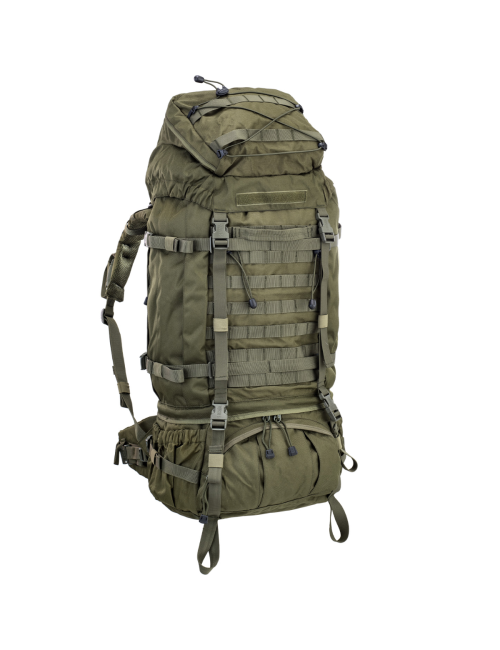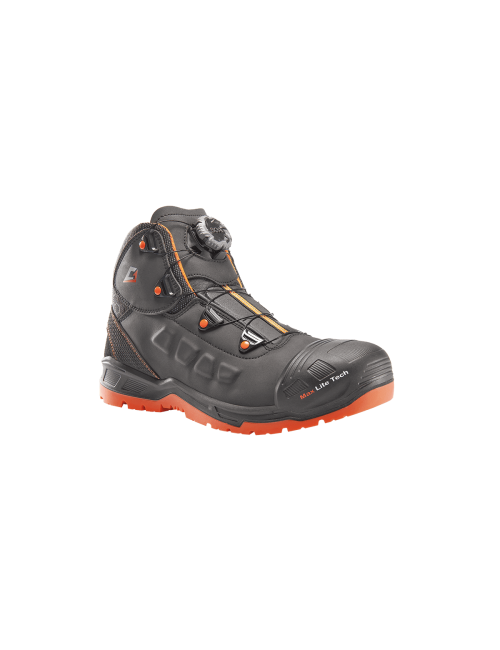- Elmi
- 0 likes
- 8249 views
- 0 comments

And then we brought in some new stuff. Of course, we are debited for that ourselves, because yes, we order all those things ourselves. Still, it's kind of a surprise every time we open the boxes that come in. We are also just curious what the things we have in mind look like in real life. For example, this week we got new sleeping mats. Last time we were surprised sleeping mats which you can store the size of a rain suit and as light as a feather. This time we got a bigger package. A small 4 kilos of sleeping mat, but then you have an extra large one, in width or so it is understood. A 2-person self-inflating sleeping mat from the Hannah brand. The range of sleeping mats increases with the season. And so we hope to have something for everyone in the House.
So time to take a closer look at the sleeping mat.
You choose a sleeping mat for a good and comfortable sleep. When you go backpacking, you usually choose a (self)inflatable mat because an air mattress generally takes up much more space and weight. Self-inflatable mats come in all shapes and sizes. One thicker than the other. The advantage of a thicker mat is mainly how comfortable you lie, because more air between you and the ground creates a more pleasant lying position. But yes, a thicker mat often also means more weight. So it is important that you find a middle ground in this and choose what suits you best.
How to determine which mat is best to take? For that, it is best to see what your plans are and in what conditions you are going to spend the night. This way, you can use the R-value of the mat to estimate which mat is best for your purpose.
The R-value says something about the insulation value of the mat. In general, the higher the R-value, the less heat is lost and thus the warmer you stay during your sleep.
Below is an overview of the R-values of a sleeping mat and what it is generally suitable for. Take your own sleeping comfort into account, are you a cold person or do you not get cold so quickly (and do you therefore need a less high R-value in your sleeping). If you are going on a polar expedition, a mat that is suitable for extreme winters is of course recommended.
R-value sleeping mat temperature season
1 to 1.5 Up to 7 degrees Spring, summer and autumn
1.5 to 2.5 Up to 2 degrees Spring and autumn
2.5 to 4.5 Up to -11 degrees All seasons
4.5 to 6 Up to -17 degrees Severe winters
6 to 11 -17 to -61 degrees Extreme winters









































































Comments (0)